When delving into the logistics and transportation industry, one fundamental aspect that demands attention is the height of semi-trailers. At CarMax Vehicle, we recognize that the height of a semi-trailer is not merely a dimensional attribute but a critical factor influencing efficiency, regulatory compliance, and operational performance. This article provides an in-depth analysis of semi-trailer heights, exploring standards, variations, regulatory impacts, and the innovative solutions offered by CarMax Trailer to optimize trailer design.
Standard Dimensions of Semi-Trailers
Semi-trailers come in various configurations, each tailored to specific transportation needs. However, several standard height dimensions are prevalent across the industry to ensure compatibility with infrastructure and regulatory frameworks.
| Type of Semi-Trailer | Standard Height (in feet) | Standard Height (in meters) |
|---|---|---|
| Dry Van | 13.5 – 14.5 | 4.1 – 4.4 |
| Refrigerated (Reefer) | 13.5 – 14.5 | 4.1 – 4.4 |
| Flatbed | 13.0 – 14.0 | 3.96 – 4.27 |
| Tanker | 13.0 – 14.0 | 3.96 – 4.27 |
| Lowboy | 11.0 – 12.0 | 3.35 – 3.66 |
These standard heights are designed to maximize cargo capacity while adhering to highway clearance requirements, ensuring that semi-trailers can navigate diverse terrains without encountering height-related obstacles.
Variations in Semi-Trailer Heights
While standard heights provide a baseline, variations exist to accommodate specific cargo types, regional regulations, and operational needs. Understanding these variations is essential for businesses seeking to optimize their transportation solutions.

Cargo-Specific Heights
Certain industries require specialized semi-trailers with adjusted heights to transport oversized or uniquely shaped cargo. For instance, the transportation of machinery or construction materials may necessitate lower or higher trailers to facilitate loading and unloading processes.
Regional Regulatory Differences
Height regulations can vary significantly across different regions and countries. While the United States typically adheres to a maximum highway trailer height of 14 feet, other countries may have different standards. This necessitates the design of semi-trailers that can comply with multiple regulatory environments.
Customized Design Considerations
Companies like CarMax Trailer offer customized trailer heights to meet specific client requirements. This flexibility allows businesses to tailor their transportation equipment to unique logistical challenges, enhancing overall operational efficiency.

Regulatory Requirements Influencing Semi-Trailer Heights
Compliance with regulatory standards is paramount in the design and operation of semi-trailers. Several key regulations influence the permissible heights of these vehicles, ensuring safety and interoperability across transportation networks.
Federal Motor Carrier Safety Regulations (FMCSRs)
In the United States, the Federal Motor Carrier Safety Regulations set the maximum allowable height for semi-trailers at 13.5 feet on interstate highways. However, certain exceptions and variances exist based on state-specific regulations and infrastructure considerations.
International Standards
Internationally, the European Union, Canada, and other regions have their own set of regulations governing trailer heights. For example, the standard maximum height in the European Union is typically around 4 meters (13.12 feet), aligning closely with U.S. standards but subject to local adaptations.

Bridge and Overpass Clearances
Compliance with bridge and overpass clearance heights is critical. Semi-trailers must be designed to navigate under infrastructure without risk of collision, necessitating precise adherence to height restrictions.
Impacts of Semi-Trailer Height on Transportation
The height of a semi-trailer has multifaceted impacts on transportation efficiency, cost, and safety. Understanding these impacts can guide optimal trailer design and operational strategies.
Cargo Capacity and Volume
The height of a semi-trailer directly influences the volume of cargo it can carry. Taller trailers offer greater vertical space, allowing for increased payloads without exceeding length constraints. However, maximizing height must be balanced with structural integrity and compliance considerations.

Fuel Efficiency and Aerodynamics
Trailer height affects aerodynamic performance, which in turn influences fuel efficiency. Higher trailers can experience increased air resistance, leading to higher fuel consumption. Conversely, streamlined designs that optimize height can mitigate aerodynamic drag, enhancing overall fuel economy.
Maneuverability and Stability
The height of a semi-trailer impacts its center of gravity, affecting maneuverability and stability. Lower trailers tend to have a lower center of gravity, enhancing stability, especially during turns and adverse weather conditions. Striking the right balance between height and stability is crucial for safe and efficient transportation.
Loading and Unloading Efficiency
The height of the trailer plays a role in the ease of loading and unloading operations. Adequate height facilitates smoother vertical loading mechanisms, reducing loading times and labor costs. Specialized trailer heights can further optimize these processes for specific cargo types.
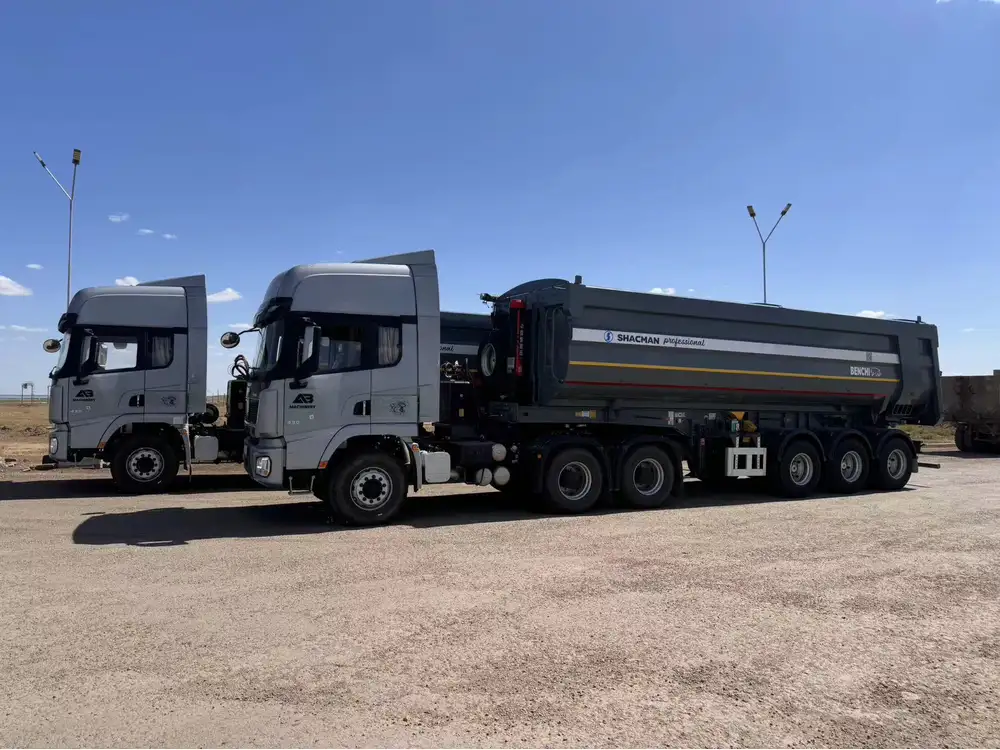
CarMax Vehicle’s Approach to Optimal Trailer Height
At CarMax Vehicle, our approach to designing semi-trailers emphasizes optimizing height for maximum efficiency, compliance, and versatility. Our expertise ensures that each CarMax Trailer meets the highest standards of performance and reliability.
Advanced Design Techniques
Utilizing advanced design software and engineering methodologies, we meticulously calculate optimal trailer heights that balance cargo capacity, regulatory compliance, and aerodynamic efficiency. Our design process incorporates simulation tools to predict performance under various operational scenarios.
Material Selection and Structural Integrity
We employ high-strength, lightweight materials to construct trailers that maximize height without compromising structural integrity. This approach enhances payload capacity while maintaining safety and durability.
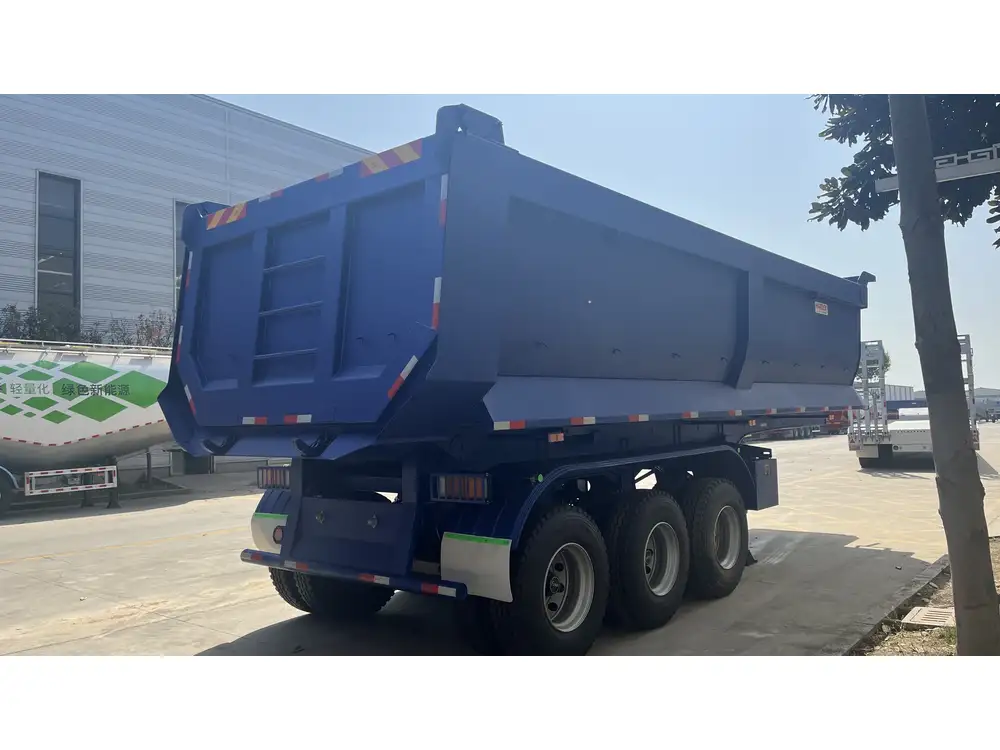
Modular Design for Flexibility
Our semi-trailers feature modular designs that allow for easy height adjustments and customization. This flexibility enables our clients to adapt their trailers to evolving transportation needs and regulatory changes seamlessly.
Compliance Assurance
CarMax Vehicle ensures that all CarMax Trailers adhere strictly to regional and international height regulations. Our compliance team stays abreast of regulatory updates, ensuring that our designs remain compliant across different jurisdictions.
Comparison of CarMax Trailers with Industry Standards
To illustrate our commitment to excellence, we compare CarMax Trailers with standard industry offerings, highlighting the superior aspects of our designs.
| Feature | CarMax Trailer | Industry Standard |
|---|---|---|
| Maximum Height Compliance | Fully compliant with all major regulations | Meets basic regional standards |
| Aerodynamic Design | Optimized for reduced drag and enhanced fuel efficiency | Standard aerodynamic features |
| Material Quality | High-strength, lightweight alloys | Standard materials |
| Customization Options | Extensive customization for height and other dimensions | Limited customization |
| Structural Integrity | Enhanced through advanced engineering | Standard structural designs |
| Modular Design | Facilitates easy height adjustments | Fixed height configurations |
This comparison underscores the advantages of choosing CarMax Trailer for superior performance, compliance, and customization capabilities.

Custom Solutions for Specific Height Requirements
Understanding that each client may have unique height requirements, CarMax Vehicle offers bespoke solutions tailored to meet specific transportation challenges.
Specialized Cargo Needs
For industries requiring non-standard trailer heights, such as oversized agricultural equipment or custom machinery, CarMax Trailers can be engineered to accommodate these needs without sacrificing compliance or performance.
Multi-Regional Compliance
Businesses operating across different regions with varying height regulations can benefit from our adaptable trailer designs. Our custom solutions ensure that your fleet remains compliant and functional in diverse regulatory landscapes.
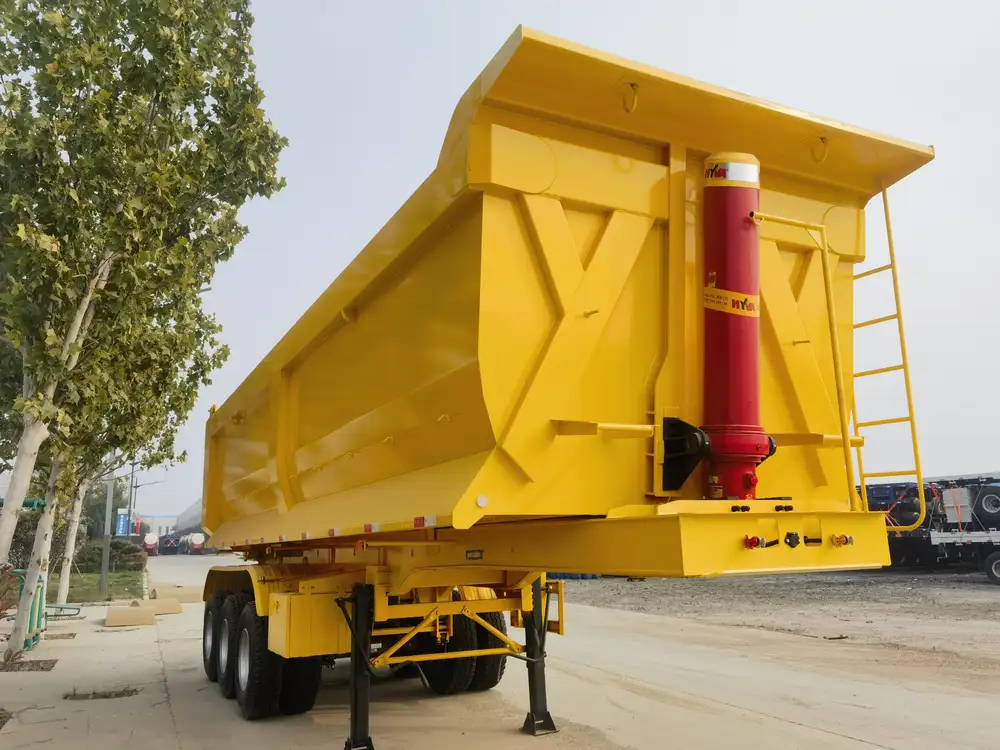
Enhanced Operational Efficiency
Custom height solutions can lead to significant improvements in loading/unloading times, cargo security, and overall operational efficiency. By tailoring trailer heights to specific use cases, we help our clients achieve optimal logistical performance.
Innovations in Semi-Trailer Height Management
CarMax Vehicle is at the forefront of innovation in managing and optimizing semi-trailer heights. Our commitment to research and development ensures that our trailers incorporate the latest advancements in design and technology.
Smart Height Adjustment Systems
We are developing smart systems that allow for real-time height adjustments based on loading conditions and route profiles. These systems enhance adaptability and responsiveness to varying transportation demands.
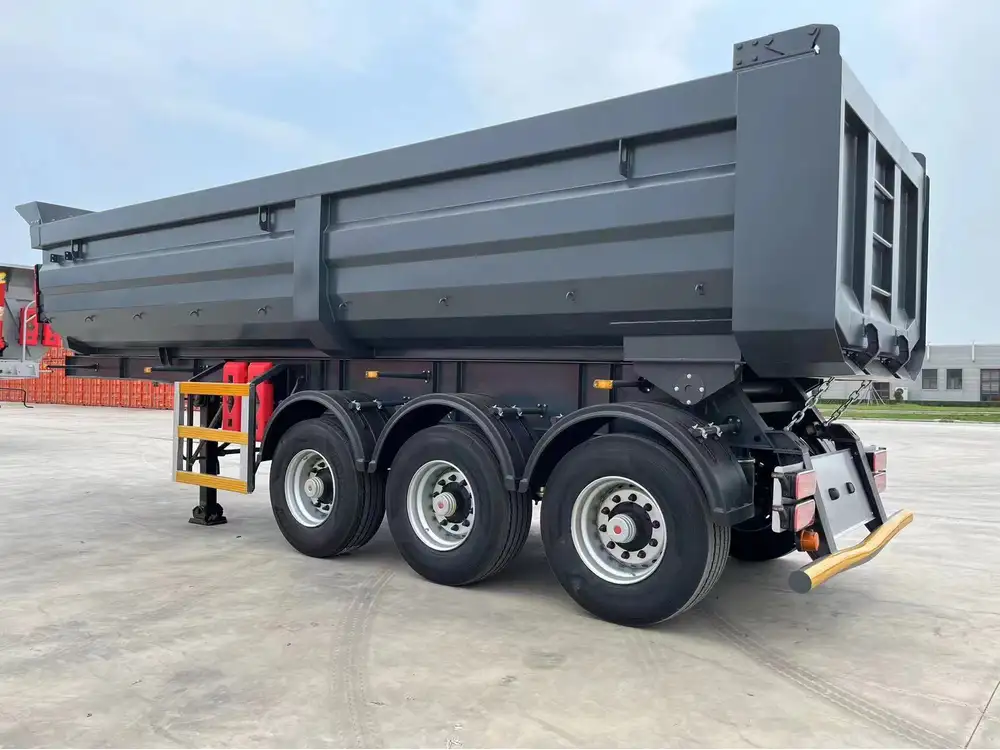
Lightweight Composite Materials
Research into advanced composite materials is enabling us to design trailers that maintain structural integrity at increased heights while minimizing weight. This innovation contributes to better fuel efficiency and payload capacity.
Aerodynamic Enhancements
Our ongoing innovations in aerodynamic design include adjustable roof structures and optimized trailer contours that reduce air resistance, thereby improving fuel economy and performance without compromising height-related capacities.
Integrated Height Monitoring
CarMax Trailers are being equipped with integrated height monitoring systems that provide real-time data to drivers and fleet managers. This technology ensures that trailers remain within permissible height limits, enhancing safety and regulatory compliance.

Future Trends in Semi-Trailer Height Design
Looking ahead, several trends are shaping the future of semi-trailer height design. At CarMax Vehicle, we are proactively addressing these trends to stay ahead in the market.
Autonomous Freight Transport
The rise of autonomous trucking necessitates trailers designed for seamless integration with autonomous systems. Height optimization plays a crucial role in ensuring that trailers can navigate autonomously with precision and safety.
Sustainable Transportation Solutions
As the industry moves toward sustainability, the design of semi-trailer heights will incorporate eco-friendly materials and energy-efficient features. Our trailers are being designed with sustainability as a core principle, reducing environmental impact without compromising performance.

Enhanced Connectivity and IoT Integration
Future semi-trailers will feature enhanced connectivity, allowing for real-time monitoring and data analysis. Height-related data will be integrated into wider fleet management systems, providing comprehensive insights for operational optimization.
Adaptive Infrastructure Integration
With evolving infrastructure designs, semi-trailers will need to adapt to changing clearance heights and road structures. Our flexible trailer designs are being developed to accommodate such adaptive requirements, ensuring long-term viability and compatibility.
Conclusion
The height of a semi-trailer is a pivotal element that intersects with various aspects of transportation, from regulatory compliance and cargo capacity to fuel efficiency and operational stability. At CarMax Vehicle, we leverage our extensive expertise and innovative approach to design semi-trailers that not only meet but exceed industry standards for height optimization. By offering customized solutions, advanced materials, and cutting-edge technologies, CarMax Trailer stands as a leader in delivering high-performance, compliant, and versatile semi-trailers tailored to diverse transportation needs.
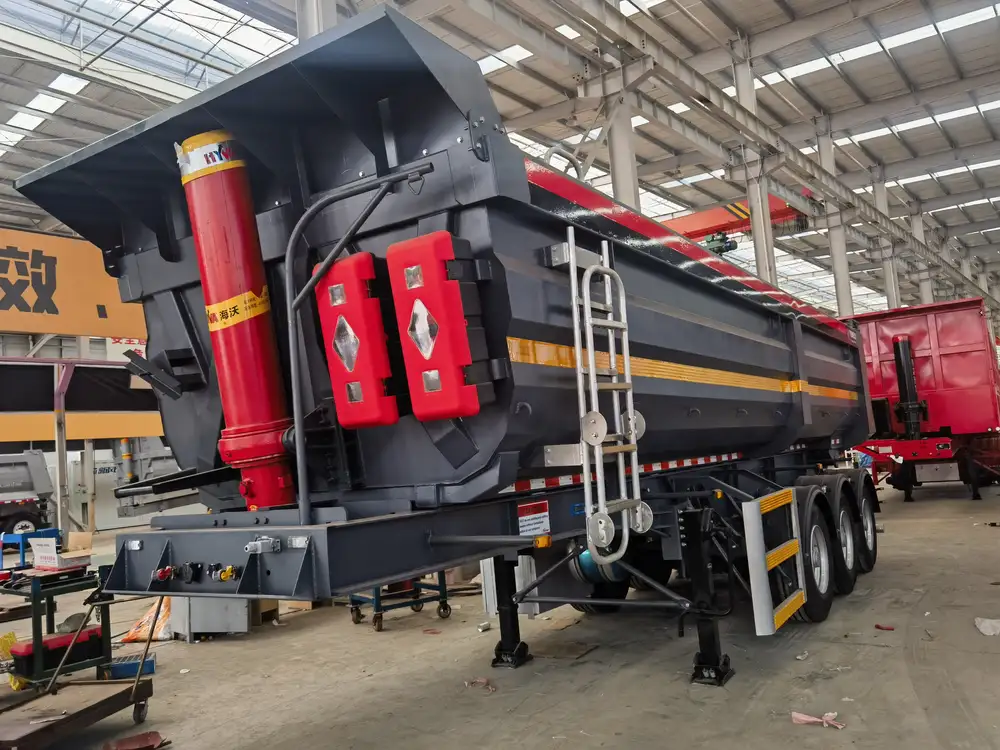
Frequently Asked Questions
1. What is the standard height for a semi-trailer in the USA?
In the United States, the standard maximum height for a semi-trailer on interstate highways is typically 13.5 feet (4.11 meters). This ensures compatibility with bridge and overpass clearances across the nation’s transportation infrastructure.
2. How does trailer height affect cargo capacity?
Trailer height directly impacts the volume of cargo that can be transported. Taller trailers provide more vertical space, allowing for larger payloads and accommodating taller cargo items. However, optimizing height must balance with structural integrity and regulatory compliance to ensure safe and efficient transportation.
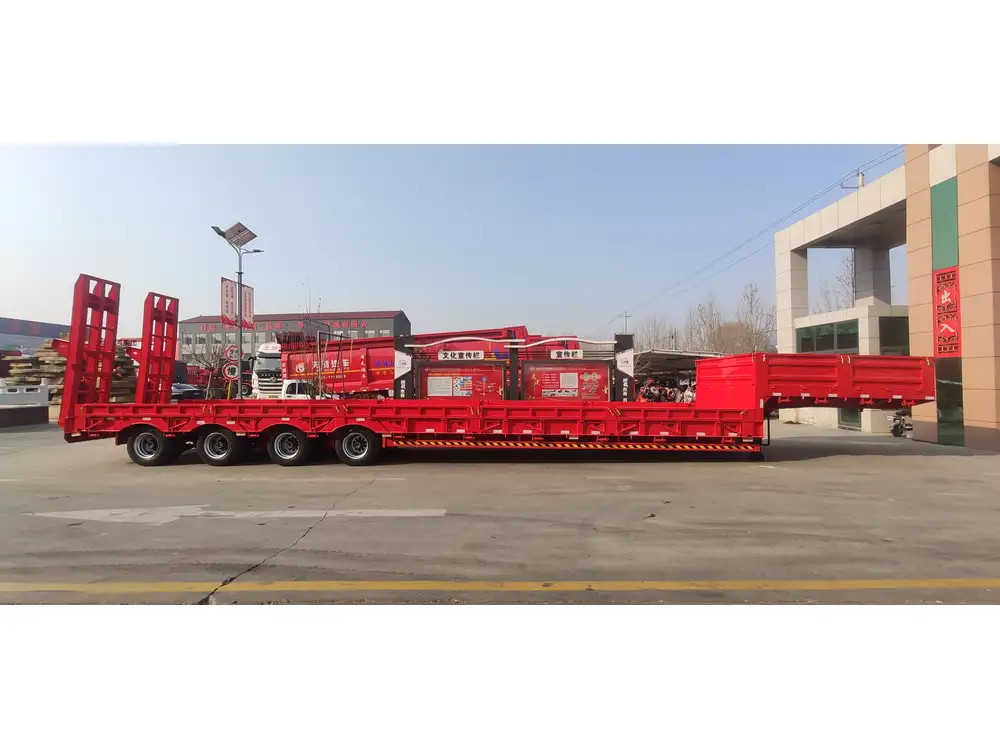
3. Are there height restrictions for semi-trailers on highways?
Yes, height restrictions for semi-trailers vary by country and region. In the U.S., the standard maximum height is 13.5 feet on interstate highways, but certain states may have different limits. It is crucial to adhere to these regulations to avoid fines and ensure safe passage.
4. Can semi-trailer heights be customized?
Absolutely. Companies like CarMax Trailer offer customized semi-trailer heights to meet specific transportation needs. Whether for oversized cargo, specialized industries, or multi-regional compliance, customized heights enhance operational efficiency and adaptability.
5. What materials influence the overall height of a semi-trailer?
The materials used in constructing a semi-trailer can significantly impact its height. High-strength, lightweight materials such as aluminum alloys and advanced composites allow for taller trailer designs without adding excessive weight, thereby optimizing cargo capacity and fuel efficiency.



